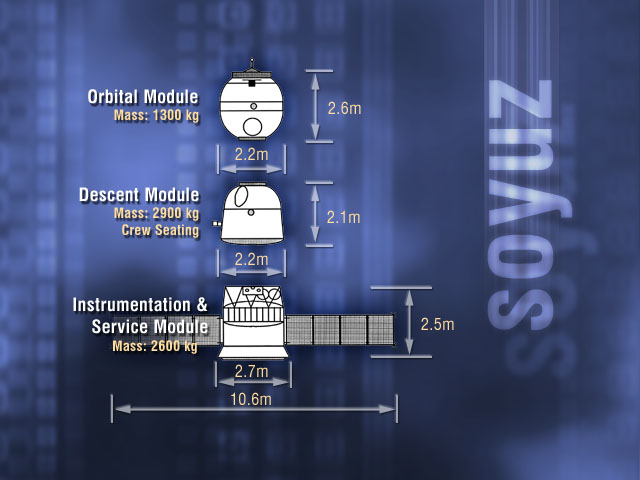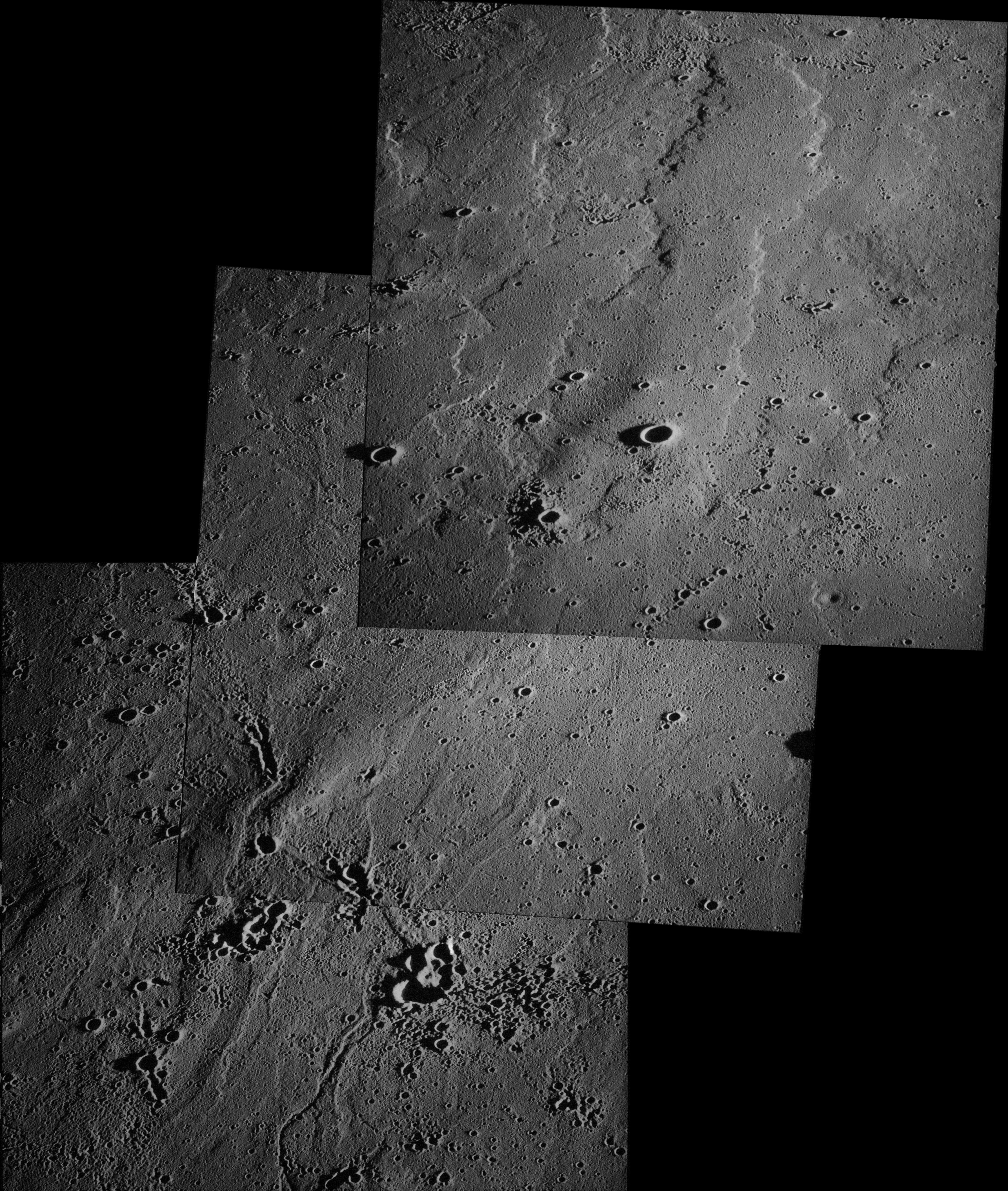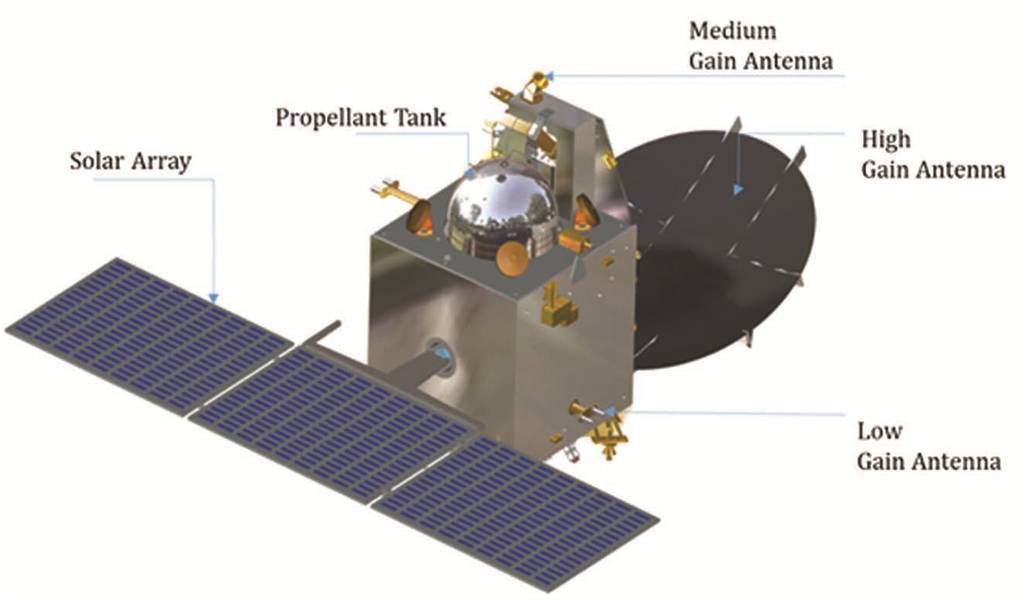|
2013 In Spaceflight
In 2013, the maiden spaceflight of the Orbital Sciences' Antares launch vehicle, designated ''A-ONE'', took place on 13 April. Orbital Science also launched its first spacecraft, Cygnus, that docked with the International Space Station in late September 2013. A total of 81 orbital launches were attempted in 2013, of which 77 were successful, one was partially successful and three were failures. The year also saw eleven EVAs by ISS astronauts. The majority of the year's orbital launches were conducted by Russia, the United States and China, with 31, 19 and 15 launches respectively. Overview India's Indian Space Research Organisation launched its first mission to Mars with the Mars Orbiter Mission that successfully reached Mars orbit on 23 September 2014. Numerous significant milestones in robotic spaceflight occurred in 2013, including the landing of China's Chang'e 3 lander at Moon's Mare Imbrium on 14 December; it is China's first attempt and first successful soft l ... [...More Info...] [...Related Items...] OR: [Wikipedia] [Google] [Baidu] |
|
|
Russia
Russia, or the Russian Federation, is a country spanning Eastern Europe and North Asia. It is the list of countries and dependencies by area, largest country in the world, and extends across Time in Russia, eleven time zones, sharing Borders of Russia, land borders with fourteen countries. Russia is the List of European countries by population, most populous country in Europe and the List of countries and dependencies by population, ninth-most populous country in the world. It is a Urbanization by sovereign state, highly urbanised country, with sixteen of its urban areas having more than 1 million inhabitants. Moscow, the List of metropolitan areas in Europe, most populous metropolitan area in Europe, is the capital and List of cities and towns in Russia by population, largest city of Russia, while Saint Petersburg is its second-largest city and Society and culture in Saint Petersburg, cultural centre. Human settlement on the territory of modern Russia dates back to the ... [...More Info...] [...Related Items...] OR: [Wikipedia] [Google] [Baidu] |
|
 |
Plesetsk Cosmodrome
Plesetsk Cosmodrome () is a Russian spaceport located in Mirny, Arkhangelsk Oblast, near the town of Plesetsk, from which it takes its name. Until 2025 and the commissioning of the Andøya Space, Andøya base in Norway, it was the only operational orbital spaceport in Europe and the northernmost spaceport in the world. Originally developed as an intercontinental ballistic missile (ICBM) site for the R-7 (missile), R-7 missile, its strategic location approximately north of Moscow was key to its selection. Due to its high latitude, Plesetsk is particularly suited for specific types of satellite launches, such as those into Molniya orbits, and historically served as a secondary launch facility. Most Soviet orbital launches were conducted from Baikonur Cosmodrome, located in the Kazakh SSR. However, following the dissolution of the Soviet Union, Baikonur became part of Kazakhstan, which began charging Russia to lease the land for its use. As a result, Plesetsk has seen significant ... [...More Info...] [...Related Items...] OR: [Wikipedia] [Google] [Baidu] |
|
Briz-M
The Briz-K, Briz-KM and Briz-M ( meaning ''Breeze-K, KM and M'') are Russian liquid-propellant rocket orbit insertion upper stages manufactured by Khrunichev State Research and Production Space Center and used on the Proton-M and Angara A5. The upper stages were also used on Rokot, one of Russia's smaller launchers, before its retirement in 2019. Characteristics Briz-K and Briz-KM Briz-K, GRAU index 14S12, is a single-piece structure with a conical tank compartment and the engine located in a recess in the fuel tank. Briz-KM (GRAU index 14S45) is an improved version of Briz-K. The Briz-K and Briz-KM were used as a third stage of the Rokot launch vehicles. Briz-M Briz-M, GRAU index 14S43, is designed for injecting large payloads into a low, medium-height or high geosynchronous orbit. Briz-M is a twin upper stage consisting of a core module (using Briz-KM as the baseline) and a jettisonable add-on toroidal tank surrounding the core. It is powered by a pump-fed gimballed ... [...More Info...] [...Related Items...] OR: [Wikipedia] [Google] [Baidu] |
|
|
Rokot
Rokot ( meaning ''Rumble'' or ''Boom''), also transliterated Rockot, was a Soviet Union (later Russian) space launch vehicle that was capable of launching a payload of into a Earth orbit with 63° inclination. It was based on the UR-100N (SS-19 Stiletto) intercontinental ballistic missile (ICBM), supplied and operated by Khrunichev State Research and Production Space Center. The first launches started in the 1990s from Baikonur Cosmodrome out of a silo. Later commercial launches commenced from Plesetsk Cosmodrome using a launch ramp specially rebuilt from one for the Kosmos-3M launch vehicle. The cost of the launcher itself was about US$15 million in 1999; The contract with European Space Agency (ESA) for launching Swarm in September 2013 was worth €27.1 million (US$36 million). Specifications Rokot's total mass was 107 tonnes, its length 29 metres and its maximum diameter 2.5 metres. The liquid-fueled launch vehicle comprised three stages. The lower two were based o ... [...More Info...] [...Related Items...] OR: [Wikipedia] [Google] [Baidu] |
|
|
Shenzhou Spacecraft
Shenzhou (, ; see ) is a Chinese spacecraft developed for the nation's crewed space program. Its design was based on Russia's Soyuz, but larger and modernized. Like Soyuz, Shenzhou is a single-use vehicle composed of three modules; a descent module which houses the crew during launch and reentry, an orbital module which provides additional living space and storage during orbit, but is jettisoned before reentry, and a service module responsible for propulsion and power, also discarded before reentry. For added safety and aerodynamics, the spacecraft is encased within a fairing and fitted with a launch escape system during liftoff. Its maiden uncrewed flight, Shenzhou 1, was on 19 November 1999, with the first crewed mission, Shenzhou 5, taking flight on 15 October 2003. It is slated for replacement by the next-generation Mengzhou, currently in development, with a two module configuration. Etymology The literal meaning of the native name ( p: Shénzhōu; ) is "the Divine ... [...More Info...] [...Related Items...] OR: [Wikipedia] [Google] [Baidu] |
|
 |
Soyuz Spacecraft
Soyuz () is a series of spacecraft which has been in service since the 1960s, having made more than 140 flights. It was designed for the Soviet space program by the Korolev Design Bureau (now Energia). The Soyuz succeeded the Voskhod spacecraft and was originally built as part of the Soviet crewed lunar programs. It is launched atop the similarly named Soyuz rocket from the Baikonur Cosmodrome in Kazakhstan. Following the Soviet Union's dissolution, Roscosmos, the Russian space agency, continued to develop and utilize the Soyuz. Between the Space Shuttle's 2011 retirement and the SpaceX Crew Dragon's 2020 debut, Soyuz was the sole means of crewed transportation to and from the International Space Station, a role it continues to fulfill. The Soyuz design has also influenced other spacecraft, including China's Shenzhou and Russia's Progress cargo vehicle. The Soyuz is a single-use spacecraft composed of three main sections. The descent module is where cosmonauts are seated f ... [...More Info...] [...Related Items...] OR: [Wikipedia] [Google] [Baidu] |
 |
Mare Imbrium
Mare Imbrium (Latin ''imbrium'', the "Sea of Showers" or "Sea of Rains") is a vast lunar mare, lava plain within the Imbrium Basin on the Moon and is one of the larger craters in the Solar System. The Imbrium Basin formed from the collision of a Protoplanet, proto-planet during the Late Heavy Bombardment. Basaltic lava later flooded the giant Impact crater, crater to form the flat volcanic plain seen today. The basin's age has been estimated using Uranium–lead dating, uranium–lead dating methods to approximately 3.9 billion years ago, and the diameter of the impactor has been estimated to be 250 ± 25 km. The Moon's maria (plural of Lunar mare, mare) have fewer features than other areas of the Moon because molten lava pooled in the craters and formed a relatively smooth surface. Mare Imbrium is not as flat as it would have originally been when it first formed as a result of later events that have altered its surface. Origin Mare Imbrium formed when a proto-planet ... [...More Info...] [...Related Items...] OR: [Wikipedia] [Google] [Baidu] |
 |
Moon
The Moon is Earth's only natural satellite. It Orbit of the Moon, orbits around Earth at Lunar distance, an average distance of (; about 30 times Earth diameter, Earth's diameter). The Moon rotation, rotates, with a rotation period (lunar day) that is synchronized to its orbital period (Lunar month#Synodic month, lunar month) of 29.5 Earth days. This is the product of Earth's gravitation having tidal forces, tidally pulled on the Moon until one part of it stopped rotating away from the near side of the Moon, near side, making always the same lunar surface face Earth. Conversley, the gravitational pull of the Moon, on Earth, is the main driver of Earth's tides. In geophysical definition of planet, geophysical terms, the Moon is a planetary-mass object or satellite planet. Its mass is 1.2% that of the Earth, and its diameter is , roughly one-quarter of Earth's (about as wide as the contiguous United States). Within the Solar System, it is the List of Solar System objects by ... [...More Info...] [...Related Items...] OR: [Wikipedia] [Google] [Baidu] |
|
Chang'e 3
Chang'e 3 (; ) is a robotic lunar exploration mission operated by the China National Space Administration (CNSA), incorporating a robotic lander and China's first lunar rover. It was launched in December 2013 as part of the second phase of the Chinese Lunar Exploration Program. The mission's chief commander was Ma Xingrui. The spacecraft was named after Chang'e, the goddess of the Moon in Chinese mythology, and is a follow-up to the Chang'e 1 and Chang'e 2 lunar orbiters. The rover was named ''Yutu'' () following an online poll, after the mythological rabbit that lives on the Moon as a pet of the Moon goddess. Chang'e 3 achieved lunar orbit on 6 December 2013 and landed on 14 December 2013, becoming the first spacecraft to soft-land on the Moon since the Soviet Union's Luna 24 in 1976 and the third country to successfully achieve the feat. On 28 December 2015, Chang'e 3 discovered a new type of basaltic rock, rich in ilmenite, a black mineral. Overview The Chi ... [...More Info...] [...Related Items...] OR: [Wikipedia] [Google] [Baidu] |
|
 |
Robotic Spacecraft
Uncrewed spacecraft or robotic spacecraft are spacecraft without people on board. Uncrewed spacecraft may have varying levels of autonomy from human input, such as remote control, or remote guidance. They may also be autonomous, in which they have a pre-programmed list of operations that will be executed unless otherwise instructed. A robotic spacecraft for scientific measurements is often called a space probe or space observatory. Many space missions are more suited to telerobotic rather than crewed operation, due to lower cost and risk factors. In addition, some planetary destinations such as Venus or the vicinity of Jupiter are too hostile for human survival, given current technology. Outer planets such as Saturn, Uranus, and Neptune are too distant to reach with current crewed spaceflight technology, so telerobotic probes are the only way to explore them. Telerobotics also allows exploration of regions that are vulnerable to contamination by Earth micro-organisms s ... [...More Info...] [...Related Items...] OR: [Wikipedia] [Google] [Baidu] |
 |
Mars Orbiter Mission
Mars Orbiter Mission (MOM), unofficially known as ''Mangalyaan'' (Sanskrit: 'Mars', 'Craft, Vehicle'), is a space probe orbiting Mars since 24 September 2014. It was launched on 5 November 2013 by the Indian Space Research Organisation (ISRO). It was India's first interplanetary mission and it made ISRO the fourth space agency to achieve Mars orbit, after Soviet space program, NASA, and the European Space Agency. It made India the first Asian nation to reach Martian orbit, first national space agency In the world to do so with an indigenously developed propulsion system and the second national space agency in the world to do so on its maiden attempt after the European Space Agency did aboard a Roscosmos Soyuz/Fregat rocket in 2003. The Mars Orbiter Mission probe lifted off from the First Launch Pad at Satish Dhawan Space Centre ( Sriharikota Range SHAR), Andhra Pradesh, using a Polar Satellite Launch Vehicle (PSLV) rocket C25 at 09:08 ( UTC) on 5 November 2013. The lau ... [...More Info...] [...Related Items...] OR: [Wikipedia] [Google] [Baidu] |